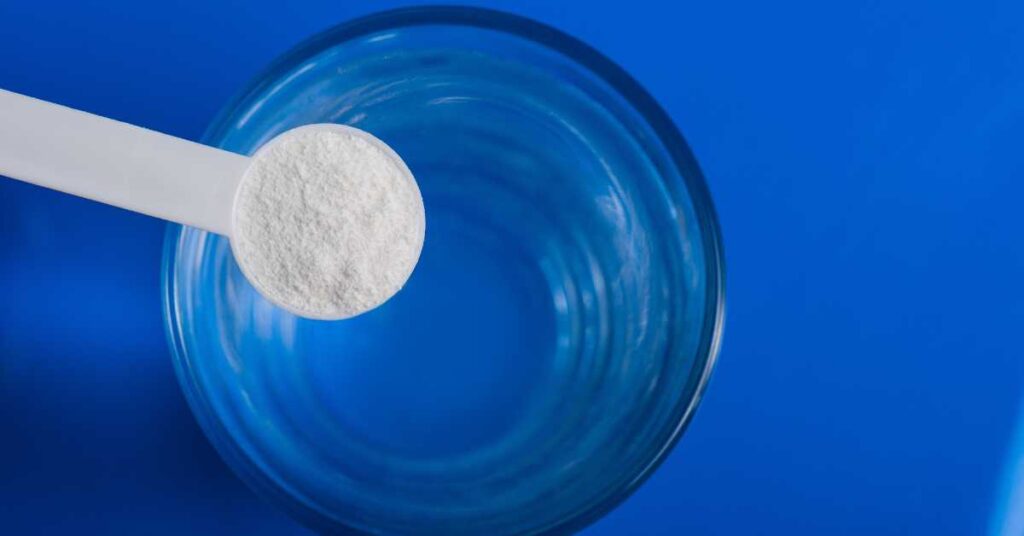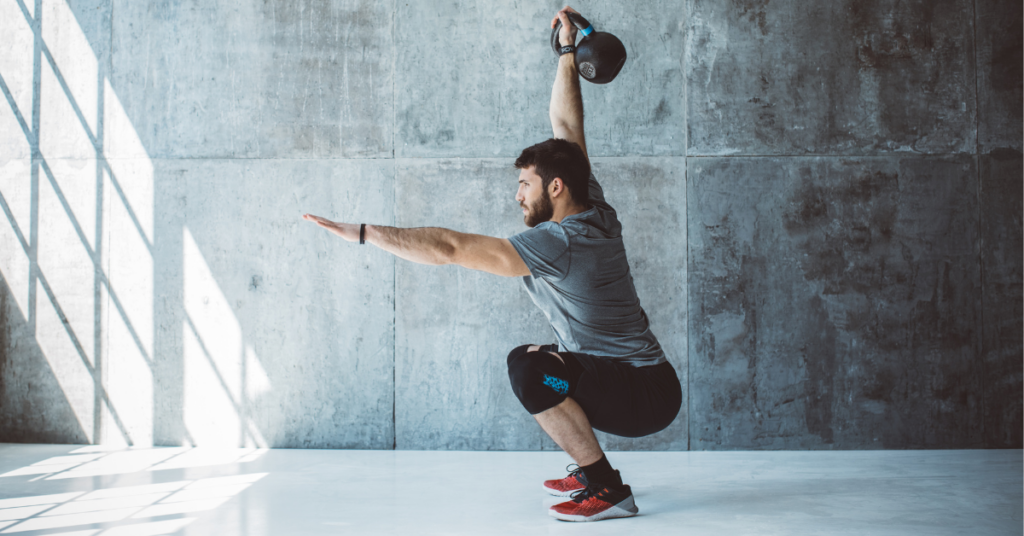Introduction
Proper sports shoes and apparel play a crucial role in an athlete’s performance, comfort, and overall well-being. Whether you’re a professional athlete or an active enthusiast, selecting the right gear can enhance your performance, prevent injuries, and provide optimal comfort.
In this article, we will guide you through the process of choosing the right sports shoes and apparel to meet your specific needs.
Understanding Your Sport and Specific Needs
Different sports and activities have specific footwear and apparel requirements. Consider the following factors when choosing sports shoes and apparel:
- Considerations for Different Sports and Activities: Each sport or activity has unique demands on your feet and body. Analyze the specific movements, impact levels, and surface types associated with your sport.
- Analyzing Your Foot Type and Gait: Understand your foot type (e.g., flat feet, high arches) and gait (e.g., overpronation, underpronation) to identify the right shoe features that provide appropriate support and stability.
Choosing the Right Sports Shoes
- Importance of Proper Fit and Size: Ensure your sports shoes fit properly with enough toe space, a snug heel, and adequate width. Visit a professional shoe store for accurate measurements and fitting.
- Selecting the Appropriate Shoe Type for Your Sport: Different sports require specific shoe types (e.g., running shoes, basketball shoes, cleats). Choose a shoe designed for your sport’s movements, surface, and impact levels.
- Cushioning and Support Features: Consider the cushioning and support features that suit your foot type and sport. Look for adequate shock absorption, arch support, and stability features.
- Considering Durability and Breathability: Sports shoes should be durable enough to withstand the demands of your sport. Additionally, choose shoes with breathable materials to keep your feet cool and dry.
Selecting Appropriate Sports Apparel
- Understanding the Importance of Functionality and Comfort: Sports apparel should allow for freedom of movement, flexibility, and comfort. Consider the specific requirements of your sport and choose apparel that enables optimal performance.
- Moisture-Wicking and Breathability: Look for moisture-wicking fabrics that draw sweat away from your skin, promoting evaporation and keeping you dry during intense workouts. Breathable materials also aid in temperature regulation.
- Choosing the Right Fabric and Fit: Opt for lightweight, stretchable fabrics that provide flexibility and support without restricting movement. Consider the fit of your apparel, ensuring it allows for a full range of motion.
- Considering Weather and Climate Conditions: Take into account the weather and climate conditions in which you’ll be participating in your sport. Choose apparel that provides adequate insulation for cold weather or UV protection for sunny conditions.
Trying on and Testing
- Importance of Trying on Sports Shoes and Apparel: Always try on sports shoes and apparel before purchasing. Sizes can vary between brands, and personal comfort is key.
- Evaluating Comfort, Flexibility, and Range of Motion: Move around in the shoes and apparel to assess their comfort, flexibility, and the range of motion they allow. Ensure they don’t cause discomfort or restrict movement.
- Assessing Performance and Functionality: If possible, test the gear in a sports-specific context. Run, jump, or engage in the movements relevant to your sport to evaluate how the shoes and apparel perform under stress.
Maintenance and Replacement
- Proper Care and Maintenance of Sports Shoes and Apparel: Follow the manufacturer’s care instructions to maintain the quality and performance of your gear. Regularly clean and air out your shoes and wash apparel according to the recommended guidelines.
- Knowing When to Replace Worn-Out Items: Pay attention to signs of wear and tear, such as deteriorating cushioning, outsole damage, or stretched fabric. Replace shoes and apparel when they no longer provide adequate support, cushioning, or functionality.
Common FAQs about Sports Shoes and Apparel
- Are expensive sports shoes always better than affordable ones?
- Price doesn’t always determine quality. Focus on finding shoes that fit well and meet the specific requirements of your sport.
- How long do sports shoes typically last?
- The lifespan of sports shoes varies depending on factors such as usage frequency, intensity, and individual biomechanics. On average, they may last 300 to 500 miles (or 3 to 6 months).
- Can I wear running shoes for other sports or activities?
- Running shoes are designed for forward motion and may not provide the necessary lateral support required for sports like basketball or tennis. Choose sport-specific shoes for optimal performance and injury prevention.
- Should sports apparel be tight-fitting?
- Sports apparel should offer a snug, supportive fit without being excessively tight or restrictive. It should allow for a full range of motion while providing comfort and flexibility.
- Do I need to buy specialized apparel for different weather conditions?
- Specialized apparel can provide additional benefits in extreme weather conditions. Layering options, moisture-wicking properties, and UV protection can enhance your comfort and performance.
Conclusion
Choosing the right sports shoes and apparel is essential for athletes to perform at their best while ensuring comfort, functionality, and injury prevention. Consider the specific requirements of your sport, analyze your foot type and gait, and try on gear to assess comfort and performance.
Proper maintenance and timely replacement will ensure your gear continues to support your athletic endeavors. By following these guidelines, you can optimize your sports performance and enjoy a comfortable and safe experience on and off the field.
Disclaimer: When it comes to sports gear & equipment, always seek professional guidance and advice from sports professionals who will be in a position to better address specific concerns or issues related to your individual situation. In no event shall we be liable for any direct, indirect, incidental, special, or consequential damages arising out of or in connection with your use of this website or the content provided herein.







